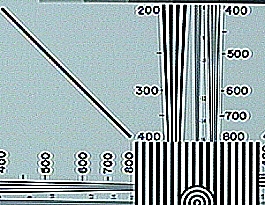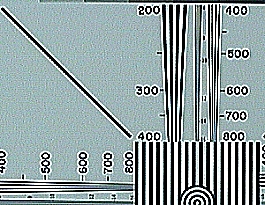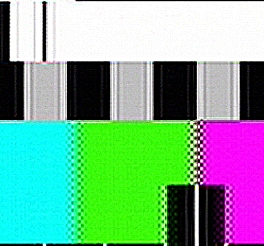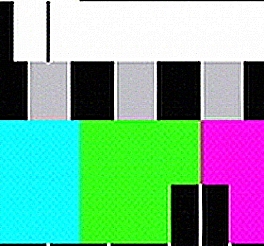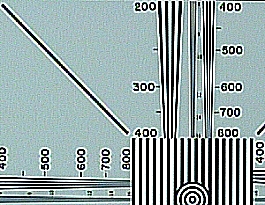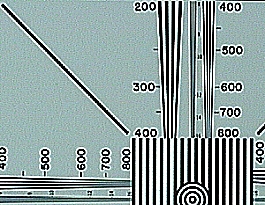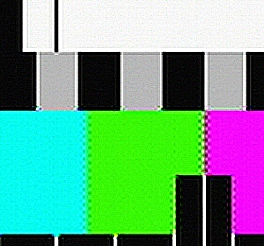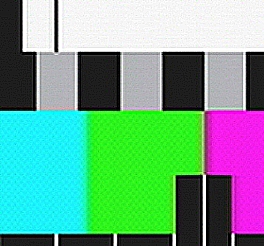| Color Separation in Video Decoders | |||||||||
|---|---|---|---|---|---|---|---|---|---|
|
An essential part of any analog frame grabber is a video decoder — a device (nowadays in most cases a chip) that performs conversion of analog video into a stream of digital data. Sometimes being referred to as a video analog-to-digital converter, the decoder is actually much more than an ADC. Any video decoder has to synchronize to the incoming video, as opposed to regular ADCs that sample the input signal at a certain arbitrary rate. Video decoders also may perform such functions as image filtering, scaling, cropping, format conversion (e.g. YUV to RGB), data buffering, etc. The quality of the captured digital image obviously depends on the implementation of the above mentioned processing functions in a given decoder. What is sometimes not obvious (at least for an inexperienced user), is which parameters matter more, and which are not that important for a specific application. One of the parameters that rarely gets reflected in the frame grabber specifications but affects the quality significantly is color (Y/C) separation. Any DVD player owner will agree that using an S-video output results in a better visual video quality compared to using a composite output. The quality improvement is difficult to characterize in numbers, it's usually being referred to as a "cleaner", or "crisper" image. The difference is explained by the way color information is encoded in the standard TV signal, or, rather, the way it is extracted from it by the video decoder. Since the composite video signal carries both monochrome (luminance) and color (chrominance) components of the video along one wire, those have to be separated by the video decoder (or a TV monitor) with the help of a filter. The bandwidths of luma and chroma signals partially overlap, so it's impossible to perform this separation perfectly. This is a limitation of color encoding in any color TV standard, resulting from the requirement of compatibility with old monochrome TV sets. Additionally, no filter implementation is perfect either, which adds to the quality degradation. S-video signal, on the other hand, carries luma and chroma signals separately, along 2 wires, so they don't interfere with each other to begin with. Considering all said a good test of a video decoder's filtering performance is a comparison of the images captured from an S-video and a composite source. The resulting differences are illustrated below on Fig.1 with the images of monochrome (a, b) and color (c, d) test patterns, captured with the same frame grabber using a composite (a, c) and S-video (b, d) inputs. The frame grabber employed a Conexant Fusion878A video decoder designed in the 90's, an extremely popular chip along with its predecessor, Bt848. The major shortcomings of composite signal processing noticeable in comparison with the S-video images are loss of horizontal resolution (Fig.1a, b, vertical 400-800 wedge), ringing (Fig.1a, b, white outlines around the vertical 200-400 wedge), rainbow artifacts showing on small details (numbers) and slanted lines (Fig.1a, b), color artifacts ("pixel crawl") on sharp horizontal and vertical color transitions (Fig.1c, d). Fig.1: Images captured with Conexant Fusion878A decoder from composite (a, c) and S-video (b, d) inputs
Advances in digital processing made around the century mark by most video decoder manufacturers resulted in much better filtering quality. Without getting into the details of how the filtering is actually performed, it's worth mentioning that "adaptive 4-line (4H) comb filtering" has bridged the gap between composite and S-video quality dramatically. Fig.2 illustrates the difference between the previous generation and the new generation decoders in terms of the comb and notch filters quality. Again, images captured from an S-video and a composite source are presented. The frame grabber (Sensoray's model 314) employed a newer Philips SAA7135 video decoder. Fig.2: Images captured with Philips SAA7135 decoder from composite (a, c) and S-video (b, d) inputs
The most drastic difference from the first set of images is almost no horizontal resolution loss on composite input (compare vertical 400-800 wedges on Figs.2a and 2b), and no ringing. Color artifacts are still present, but to a much less extent. "Pixel crawl" is significantly less with almost no artifacts on vertical color transitions (compare Figs.1c and 2c). To be fair, it's worth mentioning that "real world" images are most often not as demanding as a test pattern. They have much less high frequency components, which present the biggest challenges to filtering. That is why a lot of products still use "mature" video decoders without causing too many complaints. However, understanding the limitations of the hardware allows the user make more intelligent decisions in selecting a suitable product for a specific application. |
|||||||||


